Hire Slow, Fall Behind: Why Staff Augmentation Changes Everything
Facing tech talent shortages? Discover how staff augmentation can be your competitive edge in a skills-scarce market.

Tech talent scarcity has become the norm rather than the exception and businesses find themselves in an increasingly complex predicament. You need specialized skills. You need them now. But the traditional hiring process moves at a glacial pace while your deadlines race toward you like freight trains.
Enter staff augmentation.
It's not just another corporate buzzword. It's a lifeline for companies drowning in backlogs and struggling to scale. But what exactly makes it different from traditional outsourcing or consulting? And why are forward-thinking companies making it a cornerstone of their talent strategy?
Let's dive in.
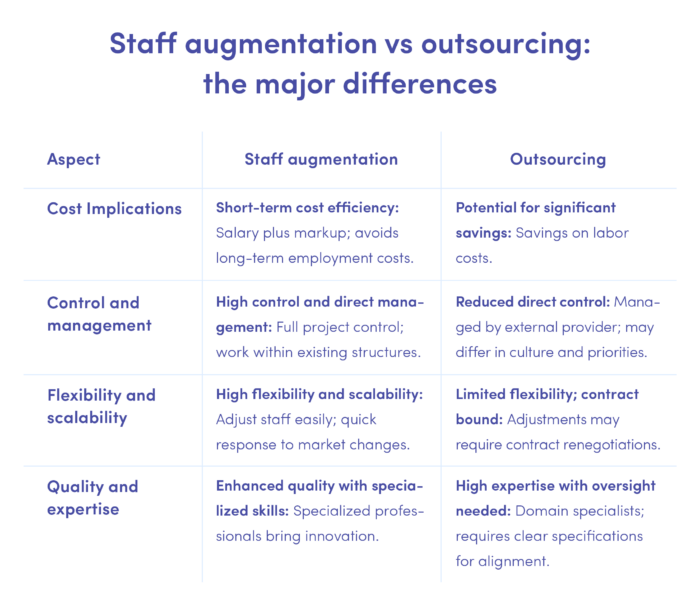
What Staff Augmentation Really Means
Staff augmentation is simple in concept but powerful in execution. You identify a gap in your team's capabilities. You bring in external talent to fill that gap. These professionals work as part of your team, under your direction, for as long as you need them.
That's it. No complex contracts. No surrendering control of entire projects to third parties. Just the exact talent you need, when you need it.
But this simplicity is deceptive. The real power of staff augmentation lies in its flexibility. Need a React developer for three months? Done. Require a data scientist for a specific project? They're there. Want to scale your QA team during a critical release cycle? Consider it handled.
This model stands in stark contrast to traditional outsourcing, where you typically hand off entire functions or projects. With staff augmentation, you maintain control. Your processes. Your tools. Your vision. Just with extra hands and minds to bring it all to life.

The Business Case for Augmentation
The numbers tell a compelling story. According to a recent Deloitte survey, 59% of businesses now use staff augmentation to access specialized skills. Another 41% cite speed to market as their primary motivation.
These aren't just statistics. They're symptoms of a fundamental shift in how businesses approach talent acquisition.
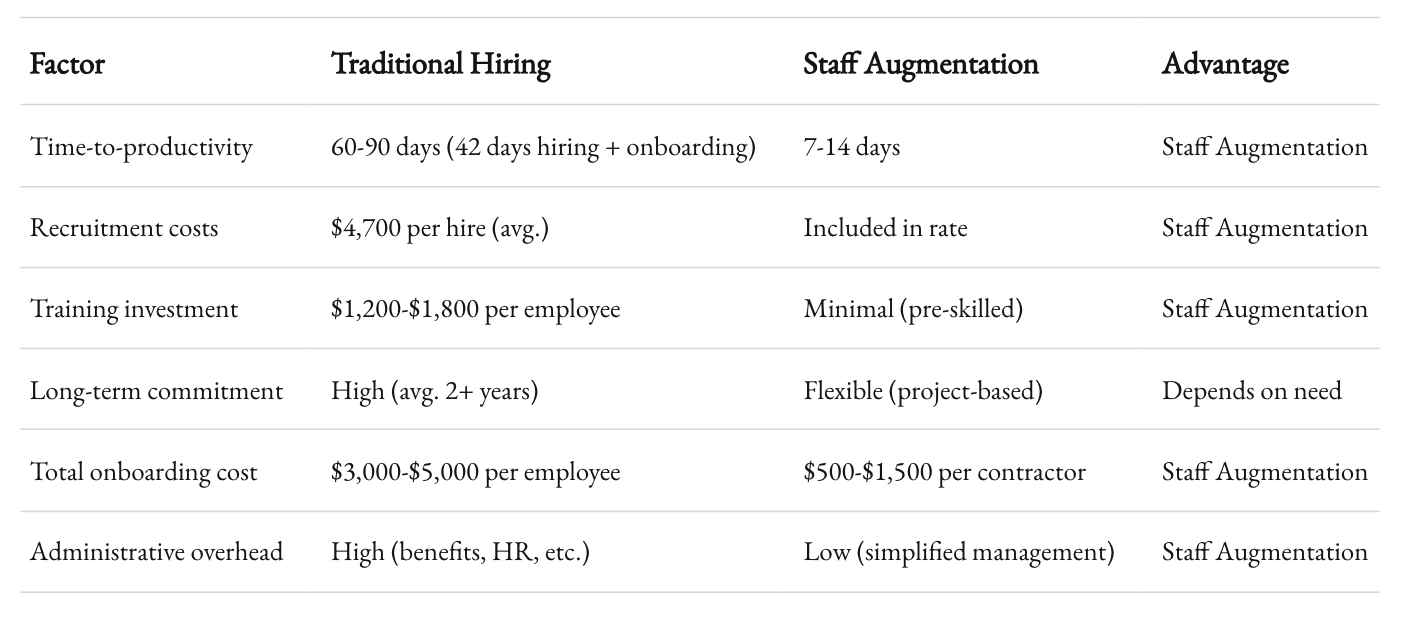
Consider the traditional hiring process. Job descriptions. Recruitment campaigns. Screening. Interviews. Negotiations. Onboarding. The Society for Human Resource Management estimates the average time-to-hire at 42 days. That's six weeks of project delays, missed opportunities, and competitive disadvantage.
Staff augmentation collapses this timeline dramatically. Many providers can place qualified professionals on your team within days, not weeks or months. This acceleration can mean the difference between meeting a critical market window and watching it close before your eyes.
But speed isn't the only advantage. There's also the matter of cost. A full-time employee means salary, benefits, equipment, office space, training, and the administrative overhead that comes with managing it all. For specialized roles that you may not need permanently, this represents significant inefficiency.
Augmented staff, by contrast, come with a predictable cost structure. You pay for the time and skills you need, without the long-term financial commitment. This transforms fixed costs into variable ones, allowing for more agile budget management.

When Augmentation Makes Perfect Sense
Not every situation calls for staff augmentation. But certain scenarios make it the obvious choice.
Imagine you're launching a new product with a tight deadline. Your core team is solid but lacks specific expertise in emerging technologies critical to your vision. Traditional hiring would push your timeline back by months. Outsourcing the entire project risks losing your unique approach. Staff augmentation threads this needle perfectly.
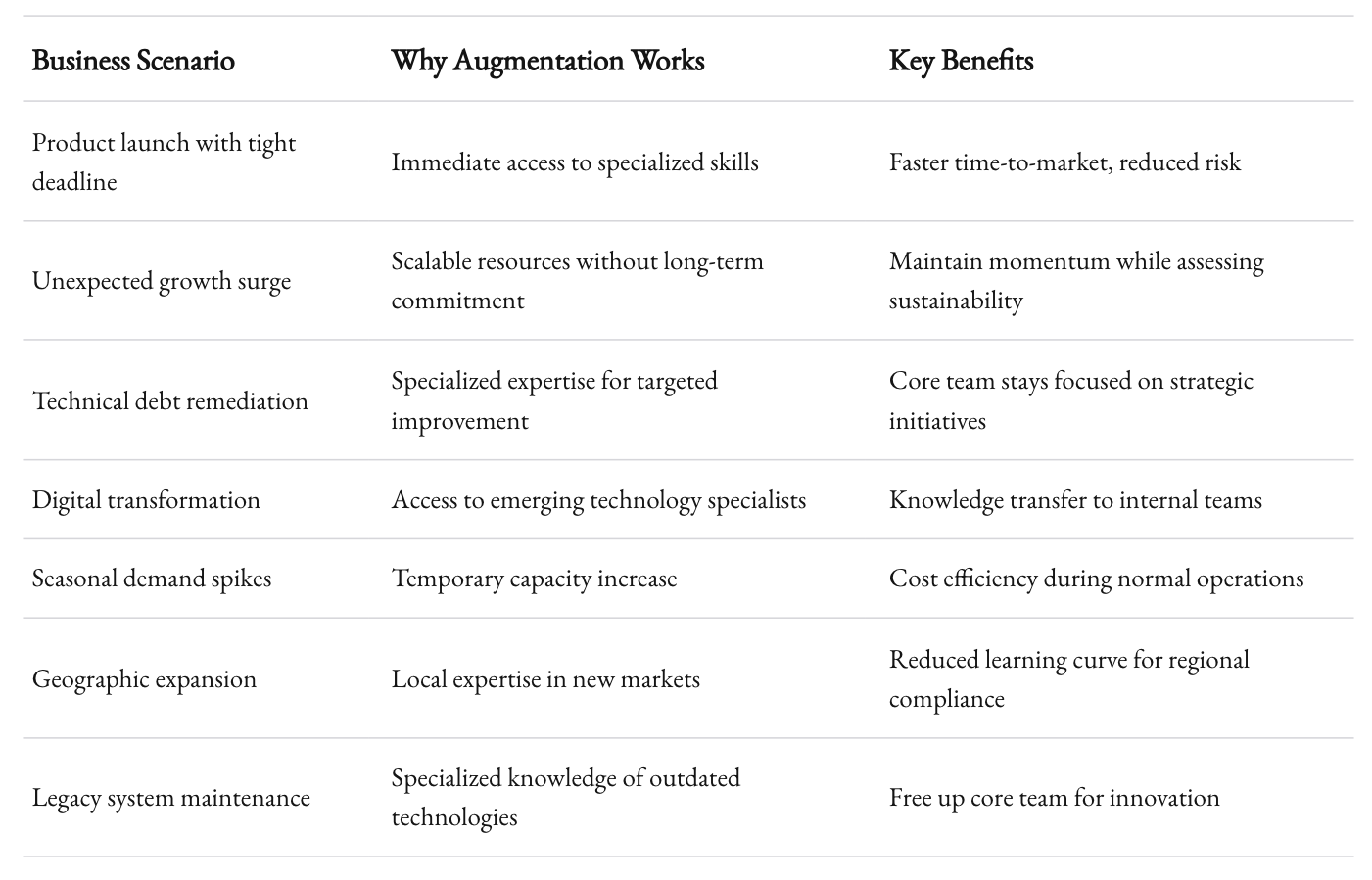
Or perhaps you're experiencing unexpected growth. Customer demand is surging, and your development team is stretched to the breaking point. You know you need reinforcements, but you're not sure if this growth will sustain long-term. Augmentation gives you the breathing room to scale appropriately while you assess the situation.
Technical debt remediation presents another perfect use case. Your team is focused on moving forward with new features, but legacy code issues are creating increasing drag. Bringing in specialists to address this technical debt allows your core team to maintain momentum on strategic initiatives.
Specialized skills for limited durations represent the sweet spot for staff augmentation. Think blockchain implementation, AI model training, or accessibility compliance work. These are areas where expertise is both rare and expensive, making permanent hires challenging to justify.

The Hidden Benefits Beyond Headcount
The obvious advantage of staff augmentation is capacity. More people means more work gets done. But the model offers subtler benefits that often go unrecognized.
Knowledge transfer ranks high among these. When you bring specialists into your team, they don't just contribute their labor. They bring perspectives, techniques, and experiences that can elevate your entire organization. Your permanent staff works alongside these experts, absorbing insights that remain long after the augmented team members move on.
This creates a multiplier effect. The React developer you bring in for six months might leave behind best practices that improve your frontend development for years. The DevOps engineer might implement automation that continues delivering efficiency long after their contract ends.
There's also the matter of innovation catalysis. Teams can become echo chambers, reinforcing existing approaches and blind spots. External talent introduces disruption to this pattern. They ask the "why" questions that internal teams have stopped asking. They bring solutions from different industries and contexts. This cross-pollination often sparks creative problem-solving that wouldn't have emerged otherwise.
Risk mitigation represents another underappreciated benefit. By distributing specialized knowledge across both permanent and augmented staff, you reduce key person dependencies. If a critical team member leaves unexpectedly, you have redundancy built into your knowledge base.
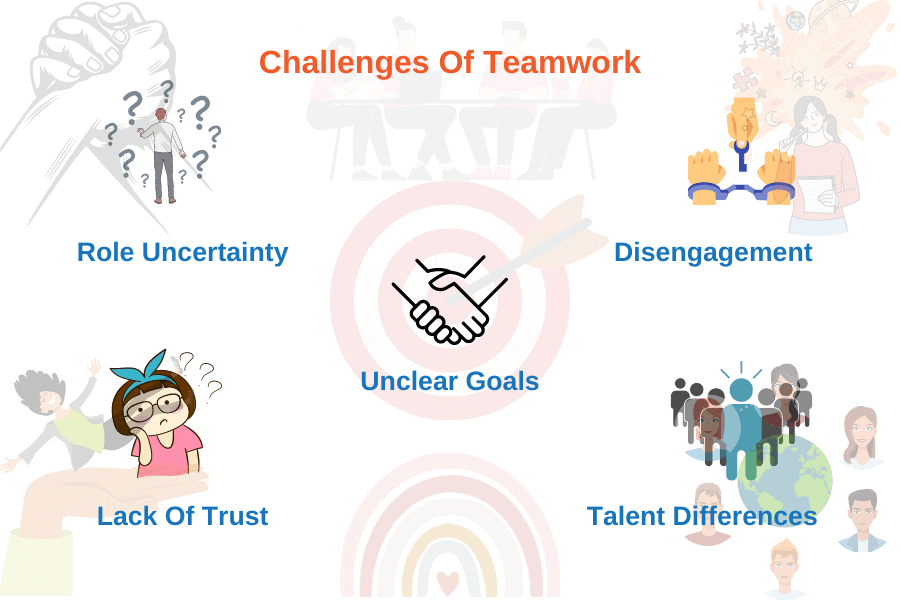
Common Pitfalls and How to Avoid Them
Staff augmentation isn't without challenges. Understanding these potential pitfalls is essential to leveraging the model effectively.
Integration friction tops the list of common issues. Augmented staff must navigate your company's culture, communication patterns, and technical environment. Without proper onboarding, this friction can significantly reduce effectiveness.
The solution lies in deliberate integration planning. Create clear documentation of your processes, tools, and expectations. Assign integration buddies from your permanent team. Schedule regular check-ins during the first weeks. These simple steps can dramatically accelerate productivity.
Communication barriers present another challenge, particularly with distributed teams across time zones and cultures. Misalignment can quickly erode the benefits of augmentation.
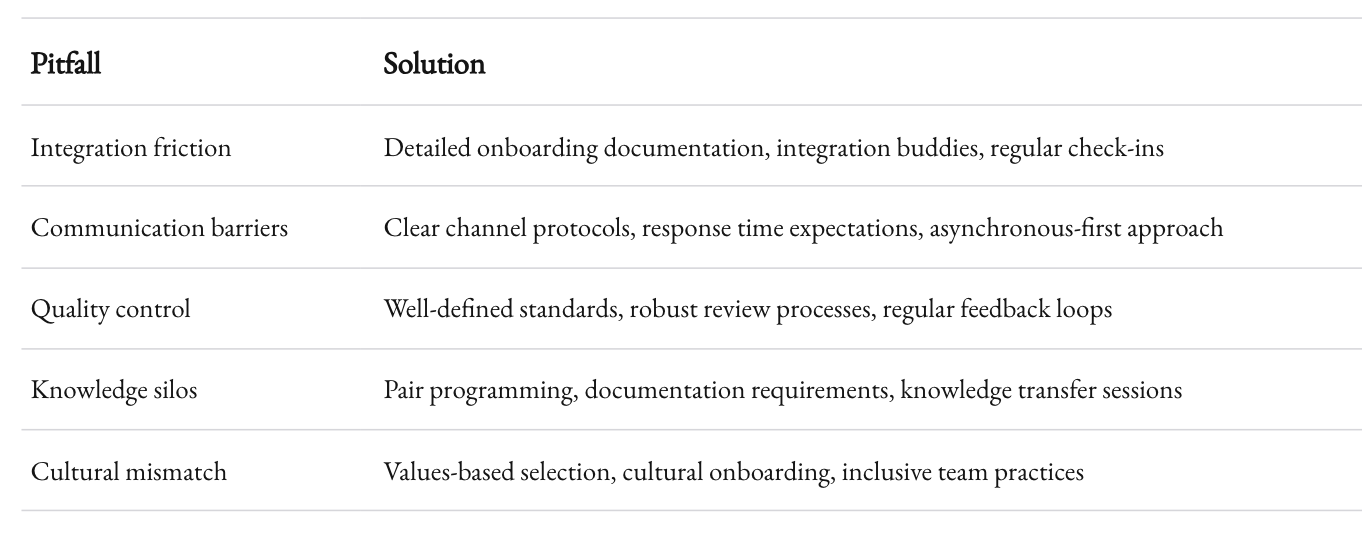
Establishing communication protocols from day one is crucial. Define which channels to use for what purposes. Set expectations for response times. Create documentation that reduces the need for synchronous communication. Tools like Slack, Notion, and Figma can create shared understanding that transcends time zones.
Quality control concerns often arise with augmented staff. How do you ensure these temporary team members maintain your standards?
The answer lies in clear definition of done, robust code review processes, and regular feedback loops. Augmented staff should understand your quality expectations from day one, and systems should be in place to verify adherence.

Selecting the Right Augmentation Partner
Not all staff augmentation providers are created equal. The difference between a transformative experience and a frustrating one often comes down to partner selection.
Technical depth should be your first consideration. Does the provider truly understand your technology stack? Can they speak intelligently about the specific challenges you're facing? Surface-level knowledge quickly becomes apparent when you dig into technical details.
Talent acquisition and retention strategies matter enormously. How does the provider attract and keep top talent? In a market where the best professionals have abundant options, providers must offer compelling value propositions to maintain a pool of exceptional candidates.
Cultural alignment often gets overlooked but proves critical to success. The augmented staff will work directly with your team. Misalignment in communication styles, work ethics, or problem-solving approaches creates friction that no amount of technical skill can overcome.
Scalability and flexibility separate truly valuable partners from mere vendors. Can they quickly adjust to changing requirements? Do they have bench strength to provide additional resources if your needs expand? The best partners can scale with your needs without sacrificing quality.
Track record speaks volumes. Case studies, client testimonials, and retention rates tell you how the provider performs in real-world scenarios. Look for evidence of long-term client relationships, as these suggest consistent value delivery.
At 1985, we've built our reputation on addressing these exact factors. Our technical screening process ensures depth beyond buzzwords. Our talent community approach creates engagement that transactional recruiters can't match. And our cultural alignment assessment prevents the integration issues that plague many augmentation relationships.

The Future of Work: Fluid Teams and Talent Clouds
Staff augmentation isn't just a tactical solution to immediate problems. It represents a fundamental shift in how work gets done in the digital age.
The traditional model of stable, unchanging teams is giving way to fluid structures that expand and contract based on needs. Permanent employees provide continuity and institutional knowledge. Augmented staff bring specialized skills and fresh perspectives. Together, they create adaptable teams optimized for the challenge at hand.
This fluidity extends beyond individual companies. We're witnessing the emergence of talent clouds – networks of professionals who move between organizations, bringing cross-pollinated insights and practices. These professionals aren't mercenaries without loyalty. They're specialists who build relationships with multiple organizations over time, returning for new initiatives where their expertise adds value.
Forward-thinking companies are embracing this shift rather than resisting it. They're designing processes and cultures that accommodate fluid team structures. They're building relationships with talent networks rather than just filling immediate openings. They're creating environments where knowledge flows freely between permanent and augmented staff.
The companies that master this new paradigm gain significant competitive advantage. They can rapidly assemble optimal teams for each initiative. They can access specialized skills without the overhead of maintaining them permanently. They can scale with precision rather than in lurching steps.
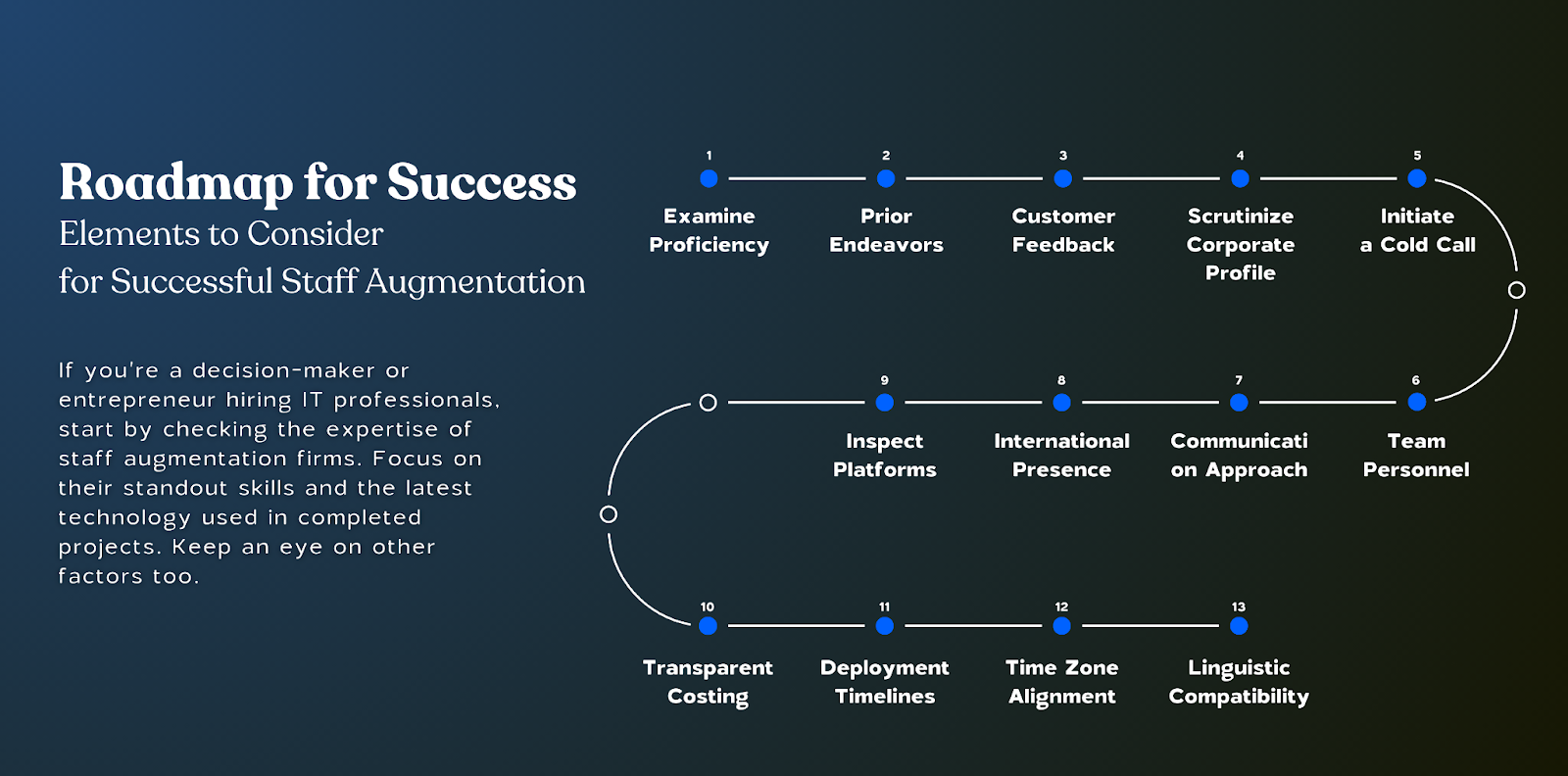
Making Augmentation Work for Your Organization
Implementing staff augmentation effectively requires intentional preparation. Here are the key steps to success:
Start with clear identification of gaps and needs. Be specific about the skills, experience level, and time commitment required. Vague requirements lead to mismatched talent and disappointing results.
Prepare your internal team for collaboration with augmented staff. This means addressing potential concerns about job security, establishing clear roles and responsibilities, and creating an inclusive environment where external talent can thrive.
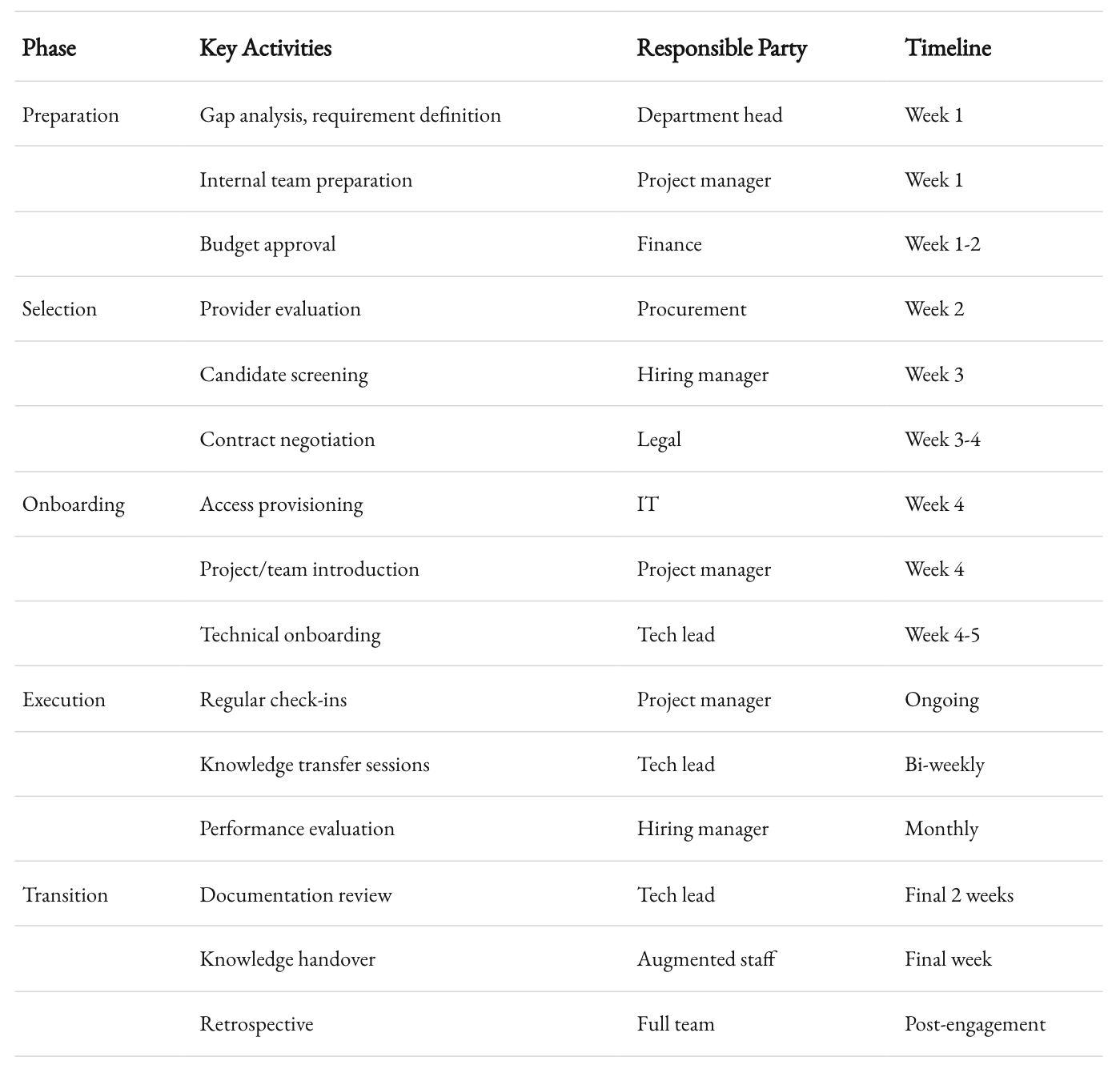
Develop onboarding processes specifically designed for augmented staff. These should be more intensive than typical contractor onboarding but streamlined compared to permanent employee processes. Focus on the information and connections needed to become productive quickly.
Establish clear communication channels and expectations. Augmented staff should understand how decisions are made, who to approach with different types of questions, and how to escalate issues when necessary.
Create knowledge transfer mechanisms from day one. This might include pair programming, documentation requirements, or regular knowledge sharing sessions. The goal is to ensure that insights and expertise remain with your organization after the engagement ends.
Measure and evaluate performance against clear metrics. This provides the data needed to refine your approach to augmentation over time, identifying which types of roles and projects benefit most from this model.
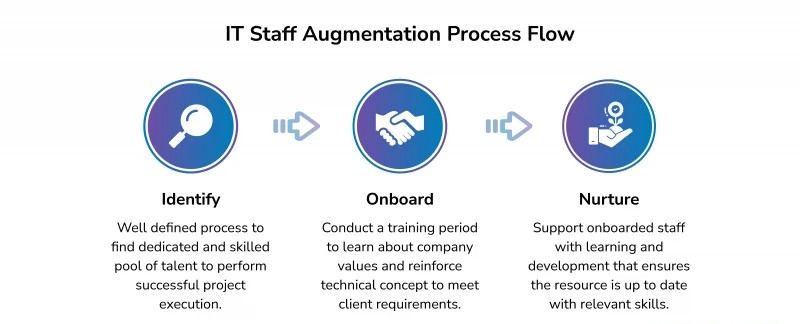
Real-World Success Stories
Abstract principles are helpful, but concrete examples bring the benefits of staff augmentation to life.
Consider the case of a fintech startup facing an aggressive timeline for regulatory compliance. Their core team was focused on product development, but they needed specialized security expertise to meet financial industry standards. Through staff augmentation, they brought in three security engineers for a four-month period. These specialists implemented robust security protocols, trained the permanent team on best practices, and helped the company pass compliance audits with flying colors. The knowledge transfer was so effective that the company only needed to hire one permanent security engineer after the engagement, saving substantial long-term costs.
Or take the example of an established e-commerce company undertaking a major platform modernization. Rather than pulling their team off maintenance and feature development for existing systems, they augmented with a squad of eight developers experienced in their target architecture. This allowed them to maintain business continuity while still moving forward with strategic initiatives. The augmented team worked alongside permanent staff, creating natural knowledge transfer that prepared the internal team to maintain the new platform after launch.
A healthcare analytics company provides another instructive case. They needed to incorporate machine learning into their platform but lacked the specialized data science expertise. Rather than delaying the project for months while recruiting permanent hires, they augmented with three ML engineers. These specialists not only implemented the required algorithms but also established the infrastructure and practices needed for ongoing ML development. By the end of the six-month engagement, two internal developers had gained enough expertise to continue the work, and the company had a clear profile for the one additional permanent hire they needed.
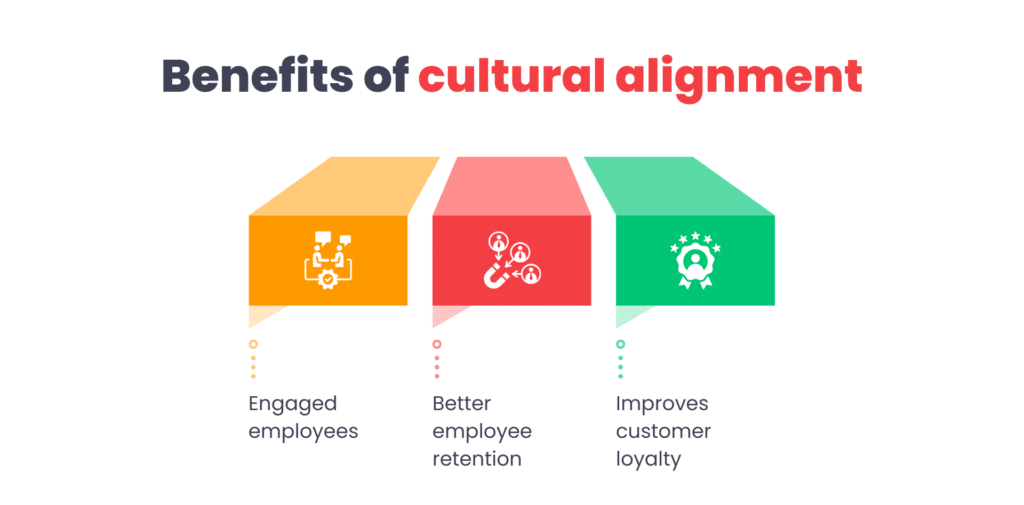
The 1985 Approach to Augmentation
At 1985, we've refined our approach to staff augmentation through years of experience across industries. Our model addresses the common pitfalls while maximizing the strategic benefits.
We begin with deep technical assessment, not just of skills but of problem-solving approaches and communication styles. This ensures that the professionals we place bring more than just technical capabilities – they bring the collaborative mindset needed for successful integration.
Our talent community model differs fundamentally from transactional recruitment. We maintain ongoing relationships with exceptional professionals, understanding their strengths, preferences, and career goals. This allows us to make matches based on genuine fit rather than keyword matching.
Cultural alignment receives as much attention as technical qualification. We've developed assessment methods that identify professionals who will thrive in your specific environment. This reduces integration friction and accelerates time to productivity.
Knowledge transfer is built into our engagement model. We establish explicit expectations for documentation, pair programming, and knowledge sharing sessions. This ensures that your team gains lasting value beyond the immediate deliverables.
Our flexible engagement structures adapt to your specific needs. Whether you need a single specialist or a complete cross-functional team, we can scale accordingly. And as your needs evolve, we adjust the composition and size of the augmented team to match.

Making the Decision: Is Augmentation Right for You?
Staff augmentation offers compelling advantages, but it's not the right solution for every situation. How do you determine if it's appropriate for your specific needs?
Consider these key questions:
- Is the skill gap temporary or permanent? If you'll need these capabilities indefinitely, permanent hiring may make more sense despite the longer timeline.
- How specialized is the required expertise? Highly specialized skills that you'll need intermittently are perfect for augmentation.
- How quickly do you need to address the gap? When time pressure is intense, augmentation's speed advantage becomes crucial.
- What's your budget structure? If you have flexibility in operational expenses but constraints on headcount or capital expenditures, augmentation aligns well with your financial model.
- How prepared is your organization for knowledge transfer? Without the capacity to absorb insights from augmented staff, you may create new dependencies rather than building capabilities.
The most sophisticated organizations often employ a hybrid approach. They maintain a core team of permanent employees who embody the company's culture and hold its institutional knowledge. They augment this core with specialists who provide targeted expertise for specific initiatives. And they occasionally convert augmented staff to permanent roles when the need proves enduring and the fit is exceptional.
This balanced approach combines the stability of traditional employment with the flexibility of augmentation. It creates an organization that can adapt rapidly to changing requirements while maintaining its essential character and capabilities.
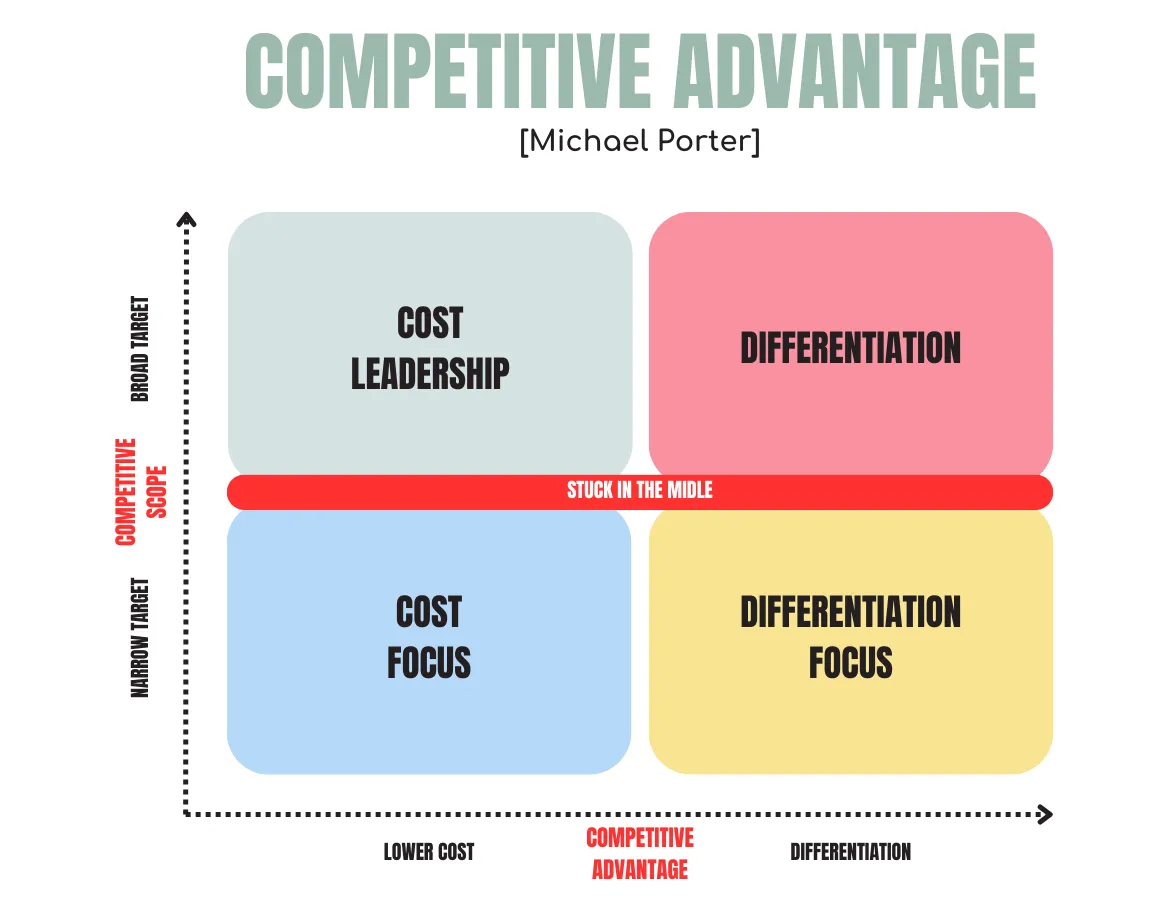
The Strategic Imperative
In today's business environment, agility isn't optional – it's existential. Markets shift overnight. Technologies emerge and transform industries with breathtaking speed. Customer expectations evolve continuously.
Your talent strategy must match this reality. The organizations that thrive will be those that can rapidly assemble the right capabilities at the right time. They'll combine stable cores with flexible edges. They'll tap into global talent networks rather than limiting themselves to local markets. They'll build cultures where knowledge flows freely between permanent and augmented team members.
Staff augmentation, implemented thoughtfully, provides a powerful mechanism for this new approach to talent. It's not just about filling immediate gaps – though it certainly does that. It's about creating an organization designed for continuous adaptation.
The question isn't whether you'll need specialized talent that you don't currently have. In today's environment, that's a certainty. The question is how quickly, efficiently, and effectively you can access that talent when the need arises.
The answer may well determine your competitive position in the years ahead.



